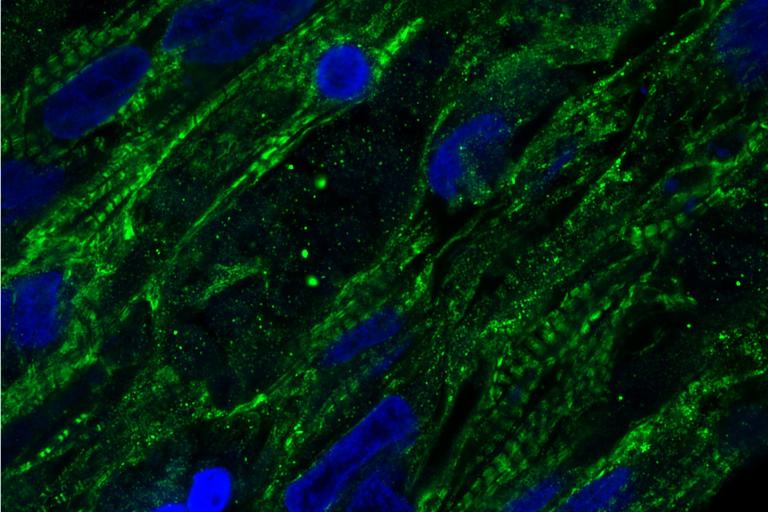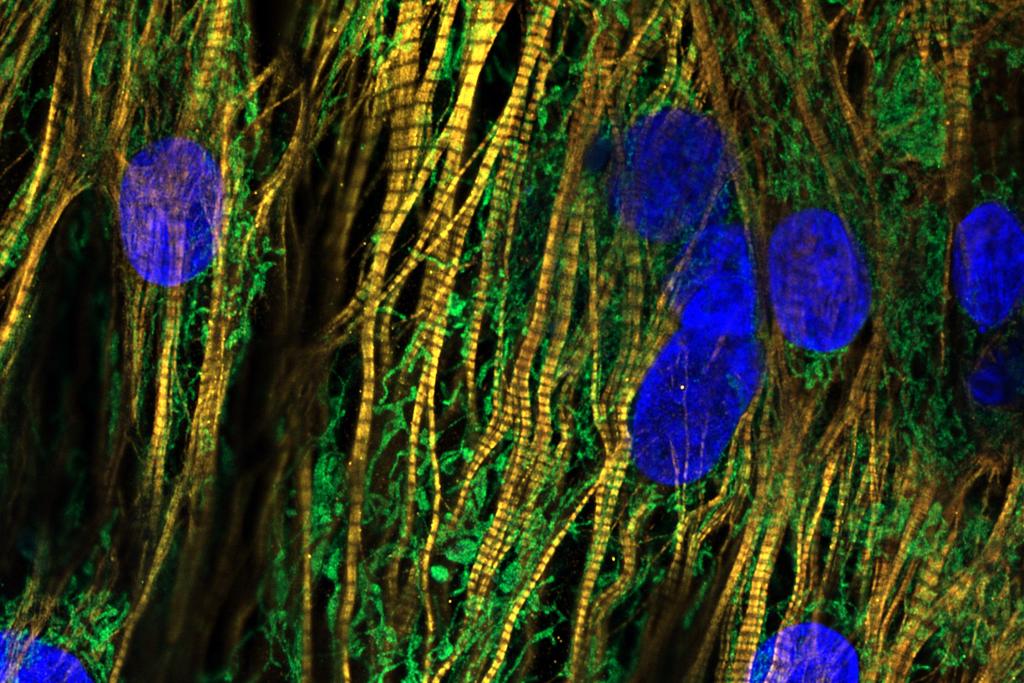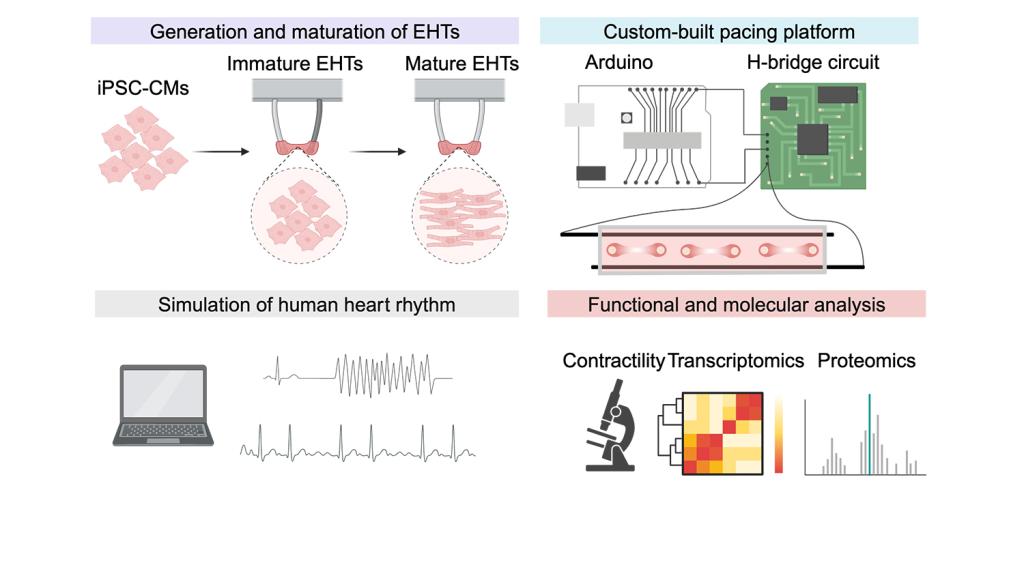Research
We are a multidisciplinary research lab that applies engineering techniques and stem cell technologies to create in vitro biomimetic models for human heart disease. We use human induced pluripotent stem cells (iPSCs) from patients to generate cardiomyocytes (iPSC-CMs). This methodology allows us to understand how patient genetics drive cardiac disorders in a dish. Moreover, iPSC-CMs can be utilized to create 3D engineered heart tissues (EHTs), which more closely mimic the environment of the human heart. In addition, biophysical and biochemical stimulations can be applied further to simulate the complex pathophysiological niche of a diseased heart. This patient-specific preclinical model enables us to elucidate the pathogenesis of both acquired and genetic cardiomyopathies and test for candidate therapeutics.


